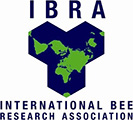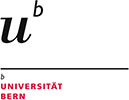Author: COLOSS
https://coloss.org/ COLOSS (Prevention of honey bee COlony LOSSes) is an international, non-profit association headquartered in Bern, Switzerland that is focussed on improving the well-being of bees at a global level.
We are composed of scientific professionals that include researchers, veterinarians, agriculture extension specialists and students. We understand that cooperation and open dialogue are key to better understanding the reasons why bee populations are threatened in today’s world.







